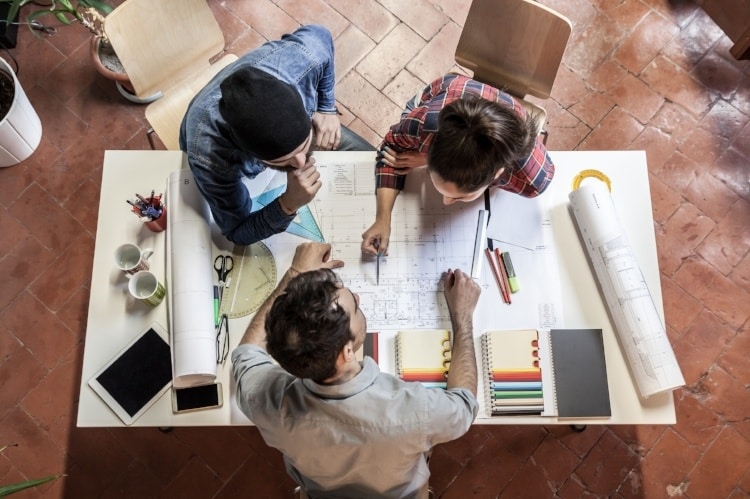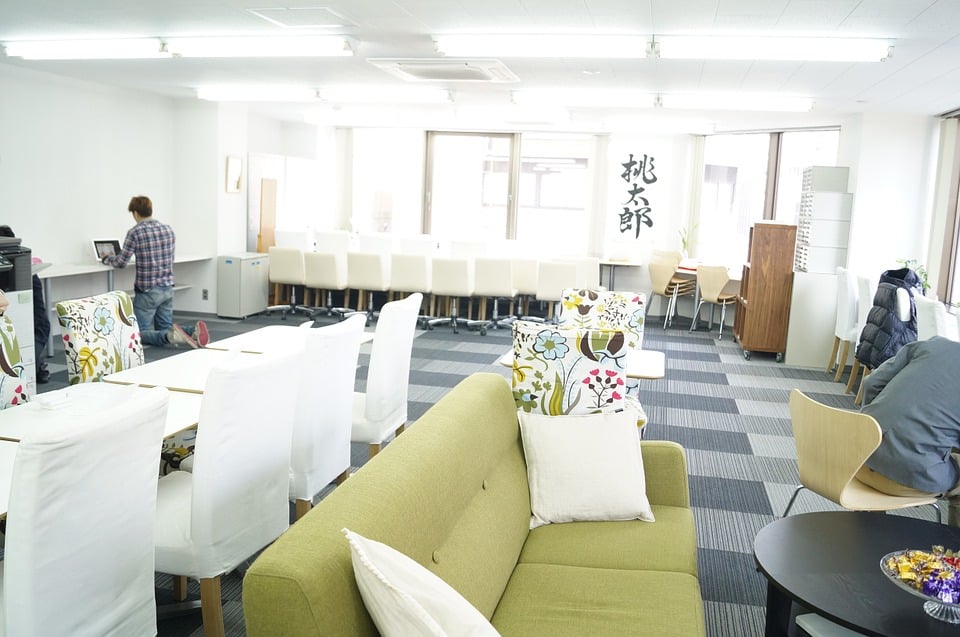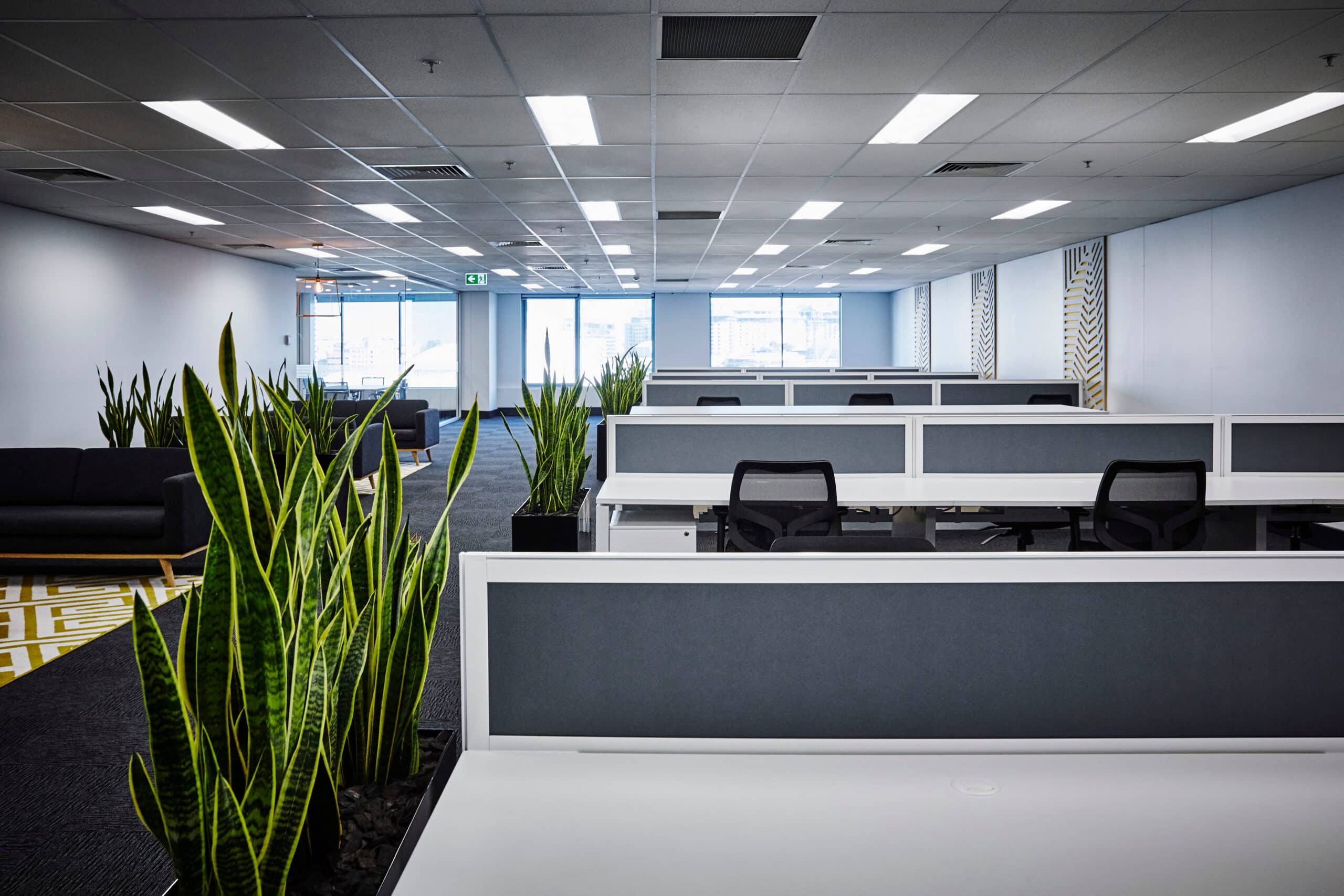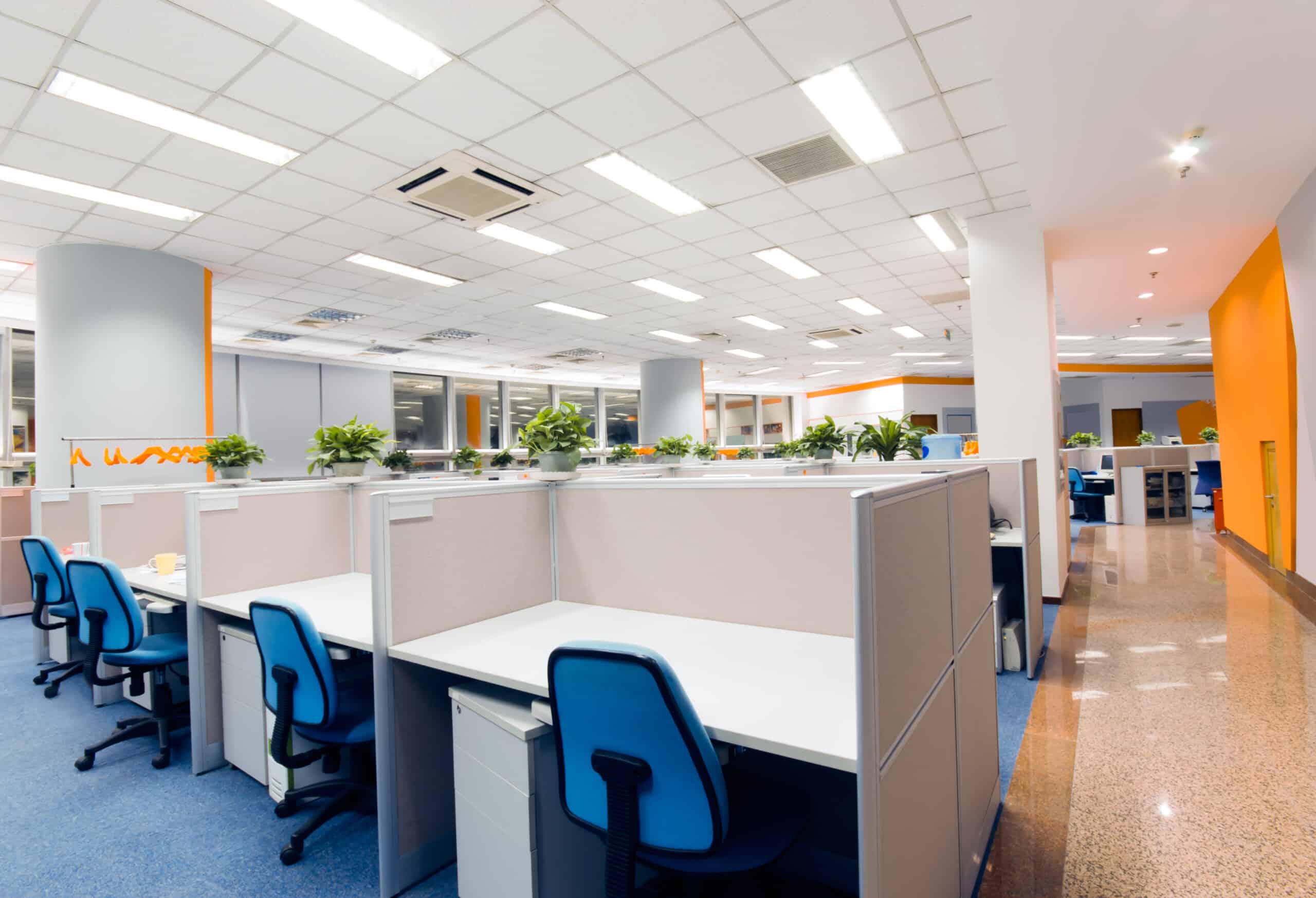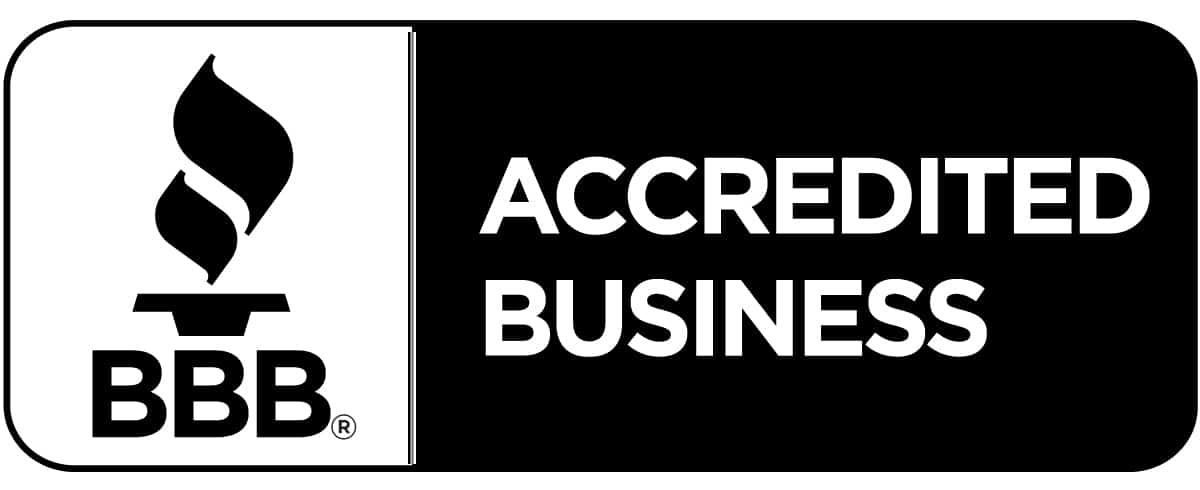Considering that most employed Americans work in an office and spend, at minimum, 40 hours a week there, it’s no surprise that office designers are in high demand. After all, it’s a widely accepted truth that it’s far more cost-effective to retain employees than to recruit them. For instance, replacing even a minimum-wage employee who quits can easily cost thousands of dollars in turnover costs, and that’s not even counting salary or benefits.
The happier employees are at work, the more likely they are to remain loyal and the more productive they’ll be. Sure, compensation has a lot to do with employee happiness, but so does workplace ambiance! It’s important not to underestimate the importance of careful office space planning and design. Whether you’re planning an office move or simply want to upgrade your current office space, why not consider it an opportunity to make every square foot of your office layout count toward creating a pleasant space for employees to spend a large portion of their weeks.
Employees Place a Premium on Privacy and Personal Space
If you’ve ever felt sorry for animals in a zoo or fish in an aquarium because they can’t escape prying eyes, that’s how employees in cubicles sometimes feel. The best office designs offer a mix of privacy and opportunities to collaborate and socialize with coworkers. Every industry is different. A smart, thoughtful design for an office of inside sales reps will look different from a smart, thoughtful design for an office of attorneys or writers.
When planning your office space design, allow ample space for privacy – and for personalization. People draw inspiration from different sources (photos, artwork, plants and so forth). People also have different beliefs (political, religious and social). A smart office layout will provide space for employees to express themselves and feel motivated and comforted – but in a way that’s not potentially intrusive or offensive to co-workers and clients.
Plan for the What-Ifs and Unknowns
No one knows what tomorrow will bring, including employers. In the future, you may need to make room for more employees – or downsize. You may change your business model and need more conference or showroom space. Keep the unknowns in mind during your office design. Why install permanent walls when you can install temporary or movable walls? Talk to your office design team about pursuing a flexible workspace so you’ll be able to make changes quickly and cost-effectively.
Downtime Boosts Productivity
All work and no play makes Jack a dull boy. You certainly don’t want to design an office space that encourages employees to slack off, but you do want to create relaxation spaces that allow and encourages them to take breaks. Sitting at a desk without occasional breaks is physically and mentally unhealthy. It also zaps creativity and productivity. Additionally, casual conversations sparked during break time are often work-related. In a sense, you can consider office relaxation spaces unofficial brainstorming headquarters.
Clients Should Feel Comfortable and Confident in Your Space, Too
As you are office space planning, definitely focus on employee productivity and morale. Your employees are a direct extension of your business. When they’re comfortable, they’re more likely to be more positive and upbeat on phone calls, when sending emails and when meeting clients in the office.
Speaking of client meetings, make sure to consider the message you want to convey to visiting clients. Do you want to come across as creative and quirky? Buttoned-up and capable? Or warm and trustworthy? The best designers can tap into your desired image and bring it to life – subtly but effectively.
